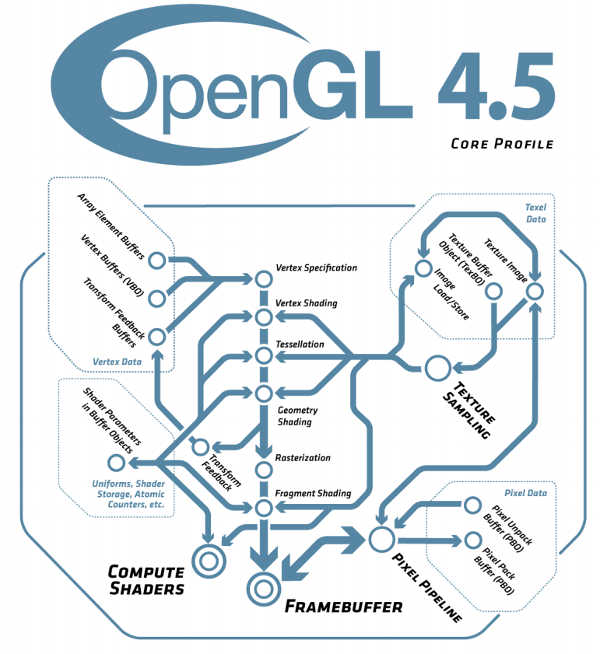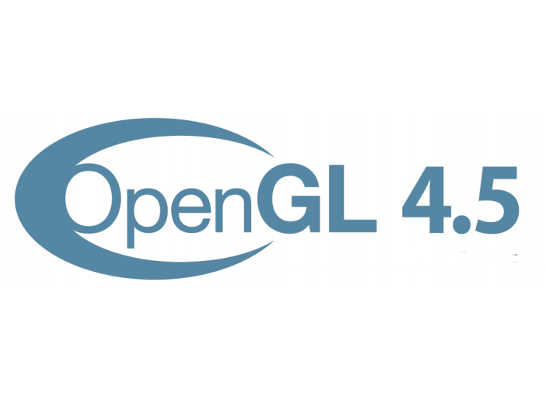| OpenGL 4.5 Announced And Microsoft Joins In |
| Written by David Conrad | |||
| Monday, 11 August 2014 | |||
|
The Khronos Group has announced the release of OpenGL 4.5 at SIGGRAPH and, as unlikely as it might sound, Microsoft has joined Khronos and WebGL.
The most important features in 4.5 are:
Mention of DX11 connects to the related news that Microsoft has joined Khronos and the WebGL working group. This was announced by way of a Tweet from Khronos' president NeilTrevett. Given Microsoft's previous total commitment to DirectX, to the point of almost not admitting that any other graphics system existed, this is something of a U turn. Not only has Microsoft avoided OpenGL it also refused to include WebGL in IE, citing security rather than commercial reasons. Recently, howeve, Microsoft included WebGL in IE11, basically giving way to the inevitable - either IE would become irrelevant or it needed to include WebGL. Now, taking its commitment a big step further, it seems that Microsoft is joining in with the efforts to push both OpenGL and WebGL forward. The question is, does this imply any less commitment to DirectX? Probably not, but with DX11 being included and developed in OpenGL and a move to make DirectX12 closer to the underlying hardware, perhaps there is room for a convergence of the two graphics engines. Is it a coincidence that Khronos has also asked for participation in the next generation OpenGL initiative - "a project to define a future open standard for high-efficiency access to graphics and compute on modern GPUs." What next gen OpenGL will look like isn't clear, but it is probably going to be heavily influenced by the move back to get closer to the hardware as typified by AMD's Mantle and Microsoft's Direct3D 12: "Key directions for the new ground-up design include explicit application control over GPU and CPU workloads for performance and predictability, a multithreading-friendly API with greatly reduced overhead, a common shader program intermediate language, and a strengthened ecosystem focus that includes rigorous conformance testing. " So everything is looking good for OpenGL and WebGL and, with Microsoft on board, we can only hope that there are no major friction points in the coming months. More InformationKhronos Group Announces Key Advances in OpenGL Ecosystem Related ArticlesIt Is Official - IE 11 To Support WebGL
To be informed about new articles on I Programmer, install the I Programmer Toolbar, subscribe to the RSS feed, follow us on, Twitter, Facebook, Google+ or Linkedin, or sign up for our weekly newsletter.
Comments
or email your comment to: comments@i-programmer.info
|
|||
| Last Updated ( Monday, 11 August 2014 ) |



